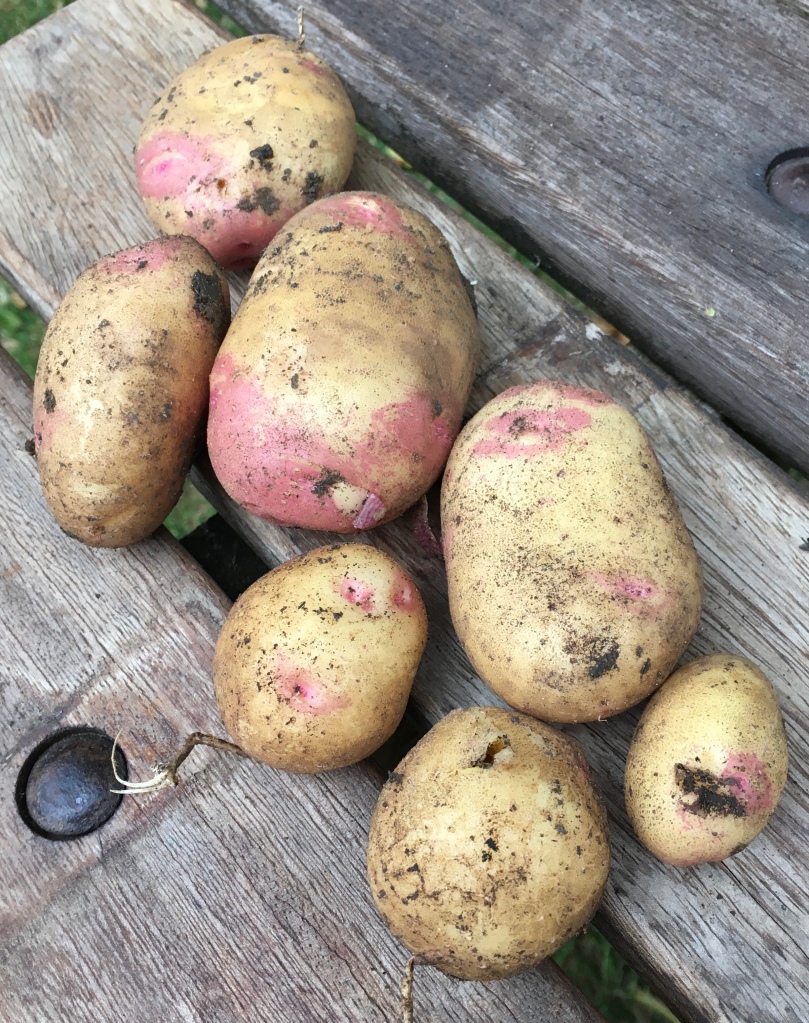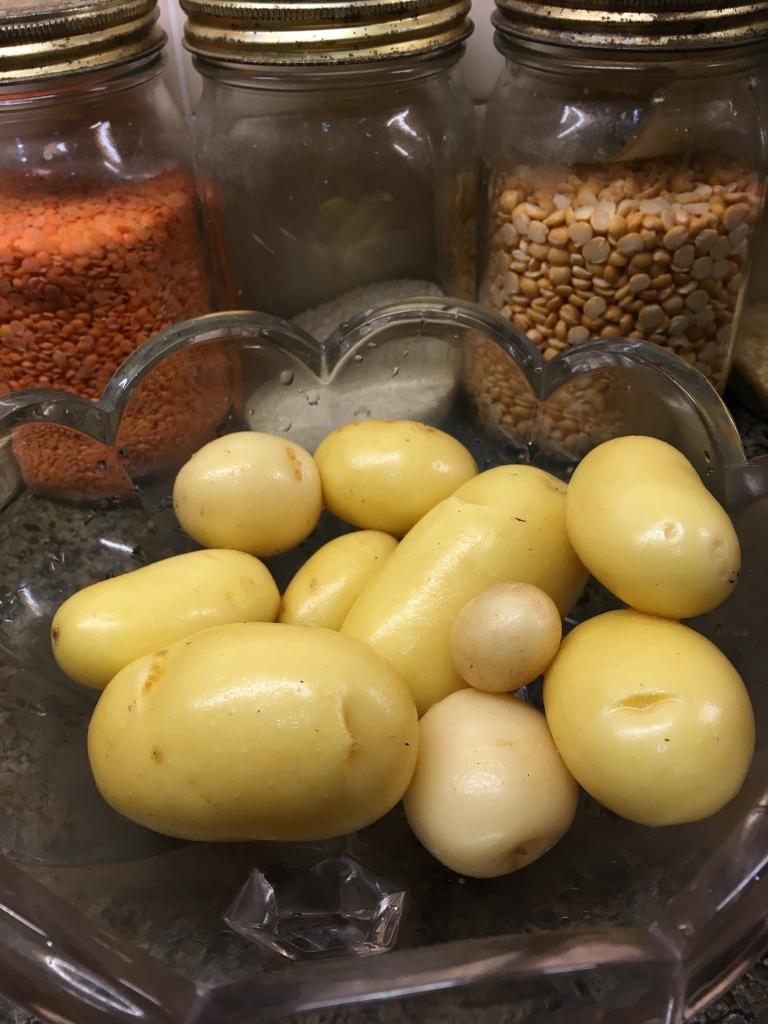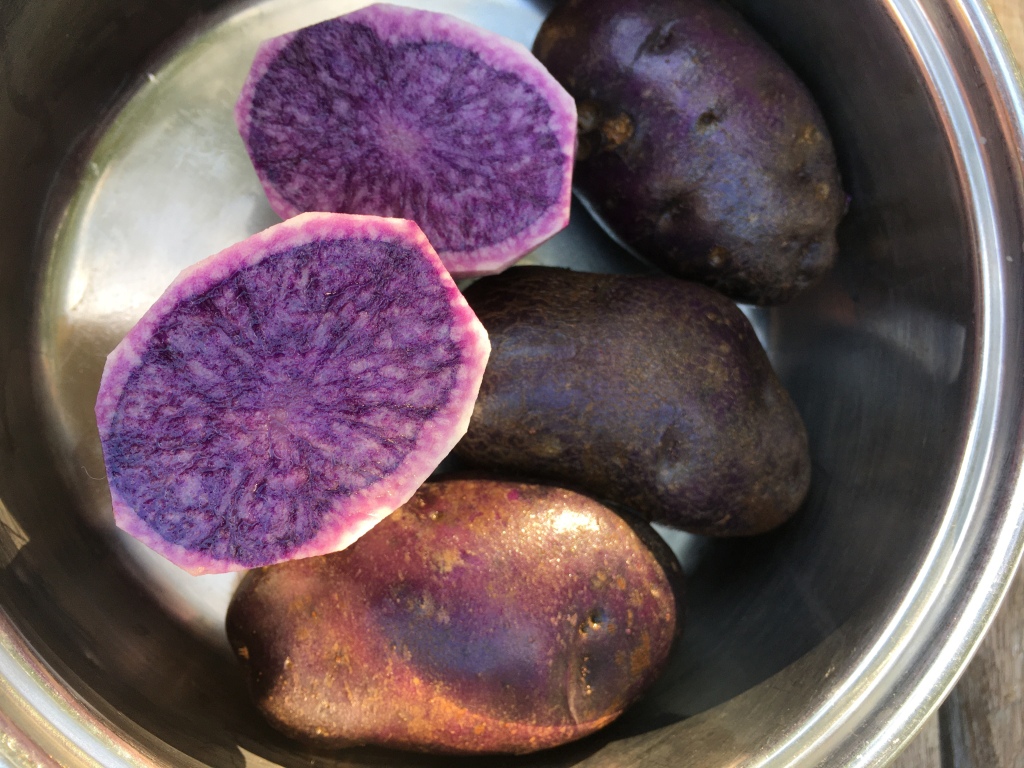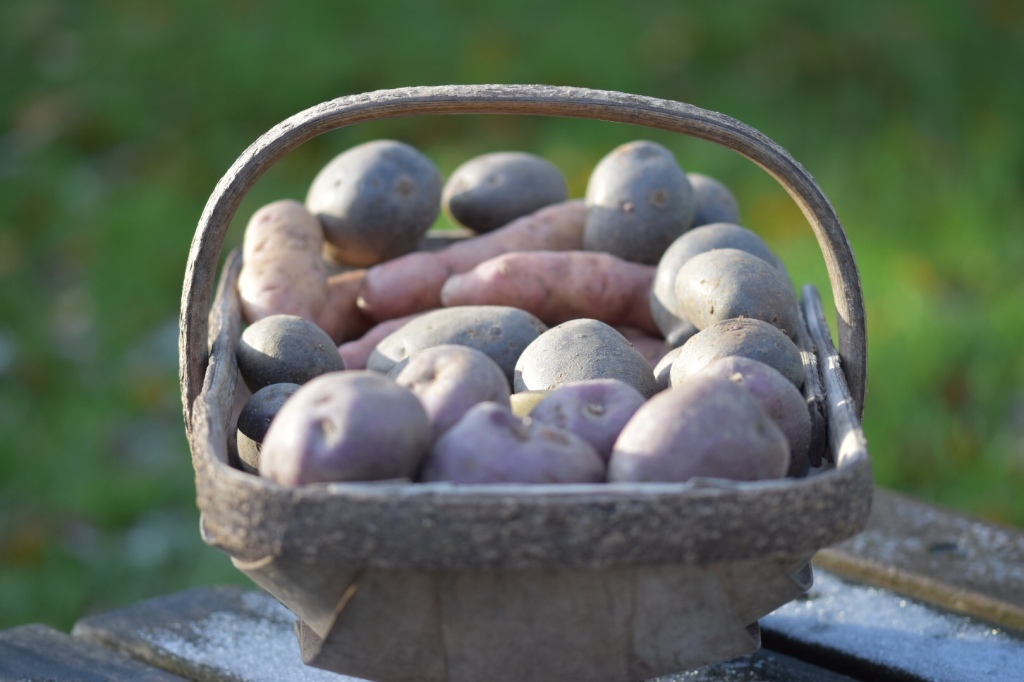A warm welcome to all new readers who’ve attended my garden club, or U3A talks. Here’s a selection of photos from my talks to accompany the plant lists. I’m available in the East Midlands area for talks. If you’ve enjoyed one of my talks, please pass my details on to neighbouring clubs and societies. I give a donation to charity with each talk. My e mail is k.gimson@btinternet.com.

I’ve been a garden designer for 25 years. Pollinators- bees and butterflies- are always a priority when choosing plants.
I highly recommend Jean Vernon for advice on helping bumble bees and solitary bees. I reviewed her best-selling book here: https://bramblegarden.com/2022/06/14/attracting-garden-pollinators-by-jean-vernon/.

Here’s where I grow my plants. I have a second hand 20ft Alton Cedar greenhouse which cost £260 30 years ago. I’ve painted it black and made matching staging. Alongside is a 20ft poly tunnel. We bought the hoops from a nursery closing down. The metal hoops cost £20 on condition we took down a 40ft tunnel and cleared the site. It took us a day to take it down and a week to install the poly tunnel at home. The new plastic covering cost about £140. You can just see the potting shed which replaced one made from pallets which lasted 20 years! This one is made from recycled wood and 1920s window frames which came from a house in the village having double glazing fitted. The roof is black onduline which is fairly cheap and easy to build with. My luxury, having saved money on second hand items, is an electricity supply to the potting shed and greenhouse. At the moment the greenhouse is heated to just above freezing. Orange and lemon trees thrive there.

In front of the greenhouse there’s 10 beds with 2x2ft slab paths between. The beds are about 1.2m wide by 3m long . Vegetables and flowers are mixed together. One bed contains wild flowers. Two beds have hazel A-frames made from hazel rods. These rods come from farm suppliers and are used as binders for hedge laying. They are fairly cheap and last three years if repaired every spring. Natural string is used to tie them together, so at the end of their life, the whole lot can be shredded and composted.

Sweet peas are sown in October and February and planted out in April. Down the centre of the A- frames are gladioli and lilies. Perennial argyranthemums and annual Ammi are interplanted and calendula set at the front. The frame supports all the flowers and no further staking is needed, which saves time.
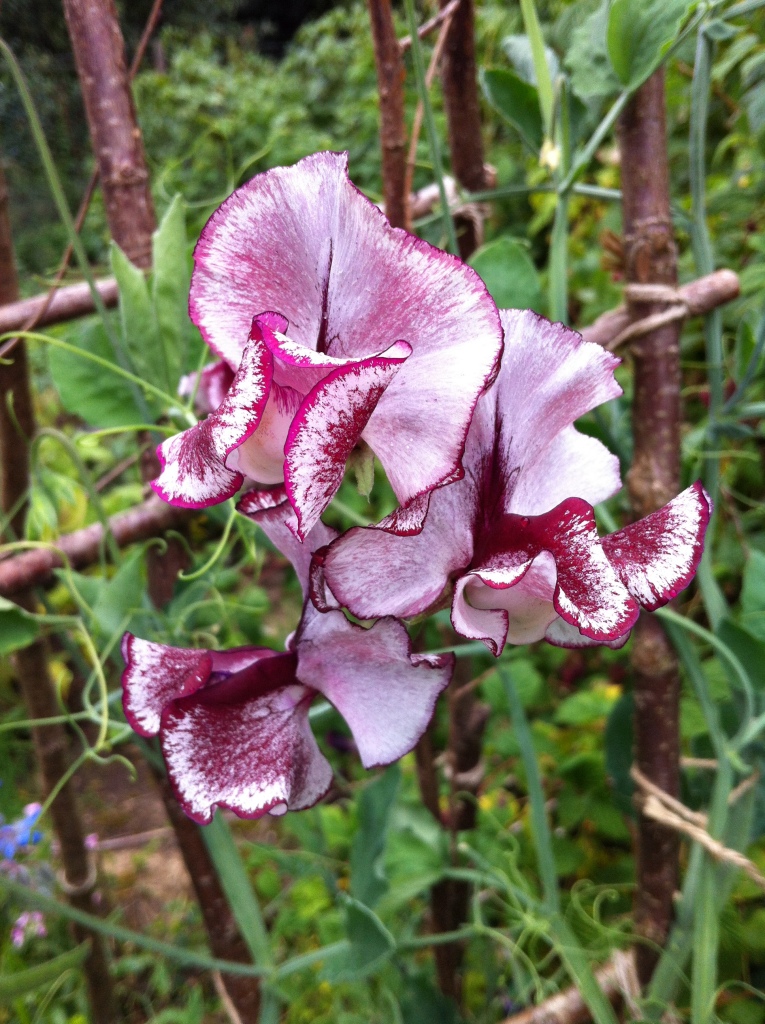
I grow new varieties and heritage types. Above is a new one called Wiltshire Ripple from Mr Fothergill’s. Highly fragrant and with long stems ideal for cut flowers. Try their new Suffolk Punch sweet pea, launched this year to support the Suffolk Punch Trust which is helping to conserve this heritage working horse breed.

Here’s a posy with dark blue sweet peas, Ammi, argyranthemums and lavender Hidcote. There’s always mint and rosemary in all my arrangements for the gorgeous scent. The grey foliage is Seneccio Vira Vira from Coton Manor Nursery.

Here’s the argyranthemums made into a mossy wreath with ivy, Ammi and Blue Boy cornflowers.

My wreaths end up on the 1920s summerhouse which is on a turntable to follow the sun.

Here’s a rose wreath with highly-scented Constance Spry, David Austin’s first rose, and Mme Isaac Periere, a heritage rose dating back to 1841.

Inside the potting shed. The wreath is made from a metal frame covered in moss. 10cm lengths of Ivy are poked into the moss all around the outside and inside of the ring. Roses and stems of elderflower are added on top. These will last a week if sprayed with water every day.
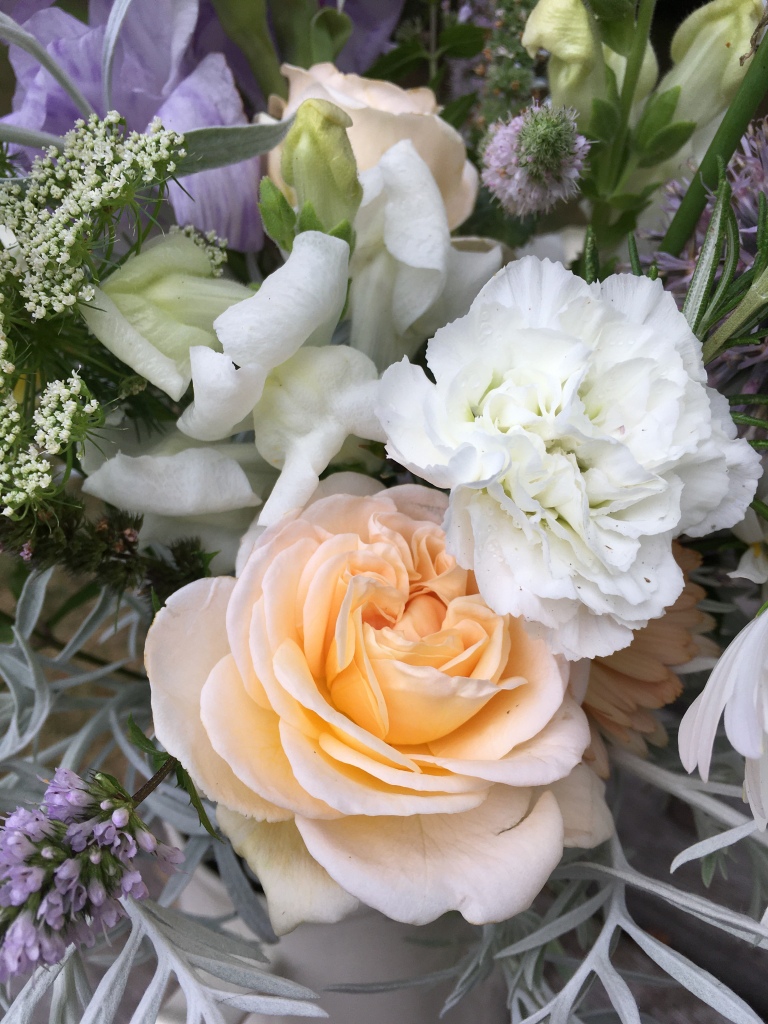
These roses are new from Whartons. They are a home-florists’ range for cut flowers. This one is Timeless Cream. Highly scented, with few thorns, long stems and it also repeat-flowers through summer to autumn. You can find out more about British rose growers from Roses UK which promotes the industry and spreads the word about new and heritage roses. http://www.rosesuk.com/
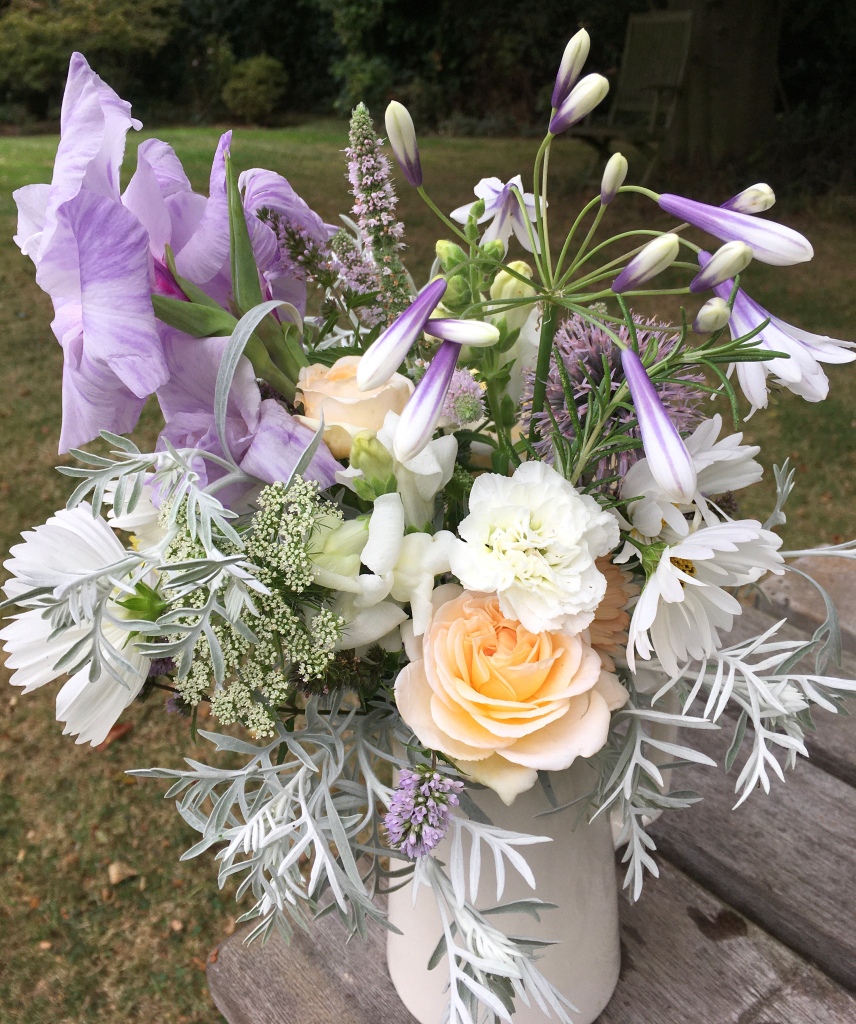
It goes well with carnation Bridal Star, white Antirrhinum Royal Bride, Ammi, and cosmos Psyche White. Blue gladioli (Pheasant Acre Plants) mint and Agapanthus Fireworks (Wyvale Nurseries) compete the posy.

Cosmos Psyche White. Mr Fothergill’s seed. Started in February and planted out end of May. Flowers from June to November.
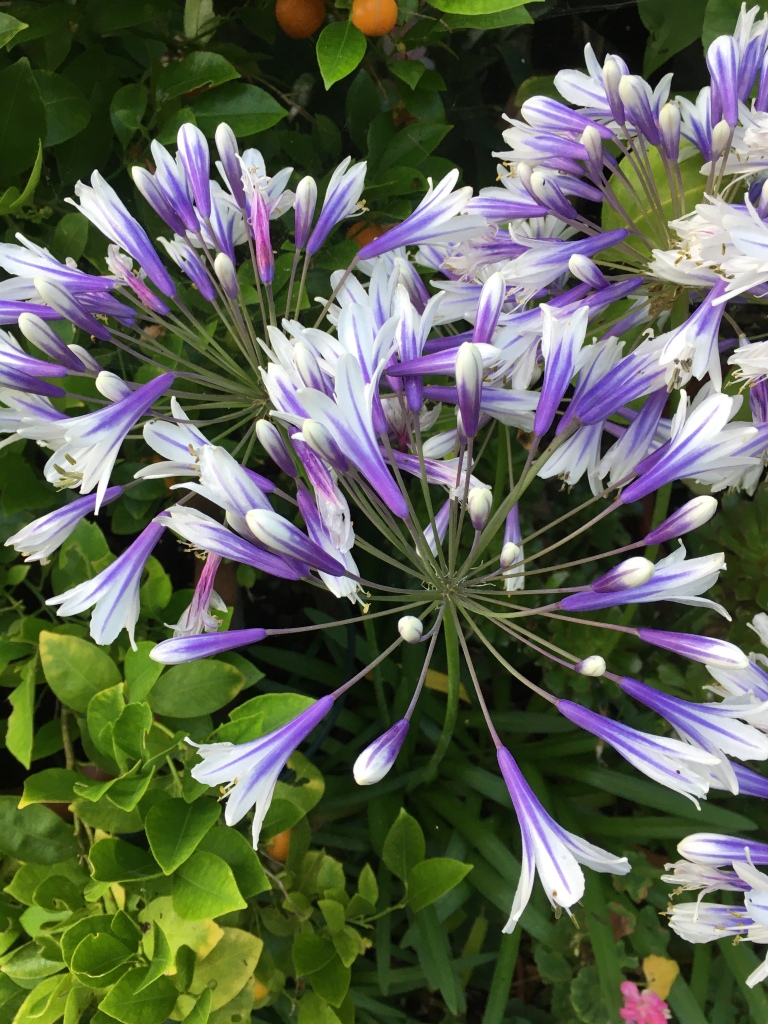
Agapanthus Fireworks, a new variety which flowers all summer.

Calendula, a seedling from Touch of Red. Mr Fothergill’s seed.
If you’ve attended one of my talks, I hope you’ve enjoyed this reminder of some of the flowers mentioned. Your leader will e mail a comprehensive plant list, and I look forward to returning next year with a different talk on another gardening subject.










